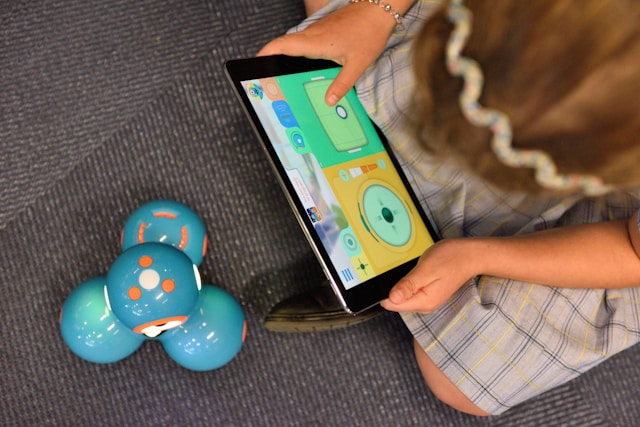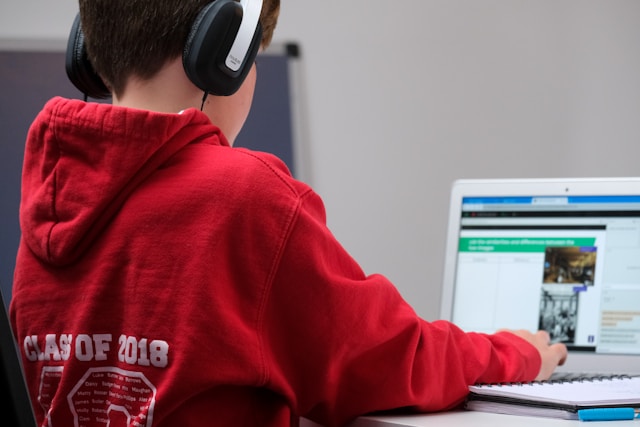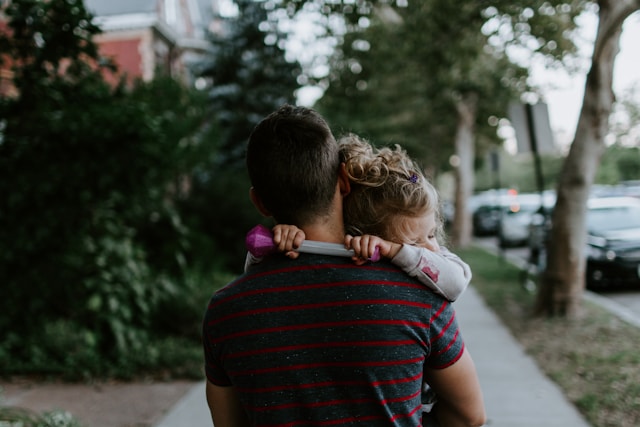
In today’s digital world, social media is a big part of children’s lives. It can be a fun place to share, learn and connect with friends, but it also has a dark side – cyberbullying. Unfortunately, as children spend more time online, the risk of cyberbullying increases.
As a parent, it’s important to understand what cyberbullying is, how it affects children, and what steps you can take to protect your child. Let’s talk about this important topic and explore practical ways to keep your child safe online.
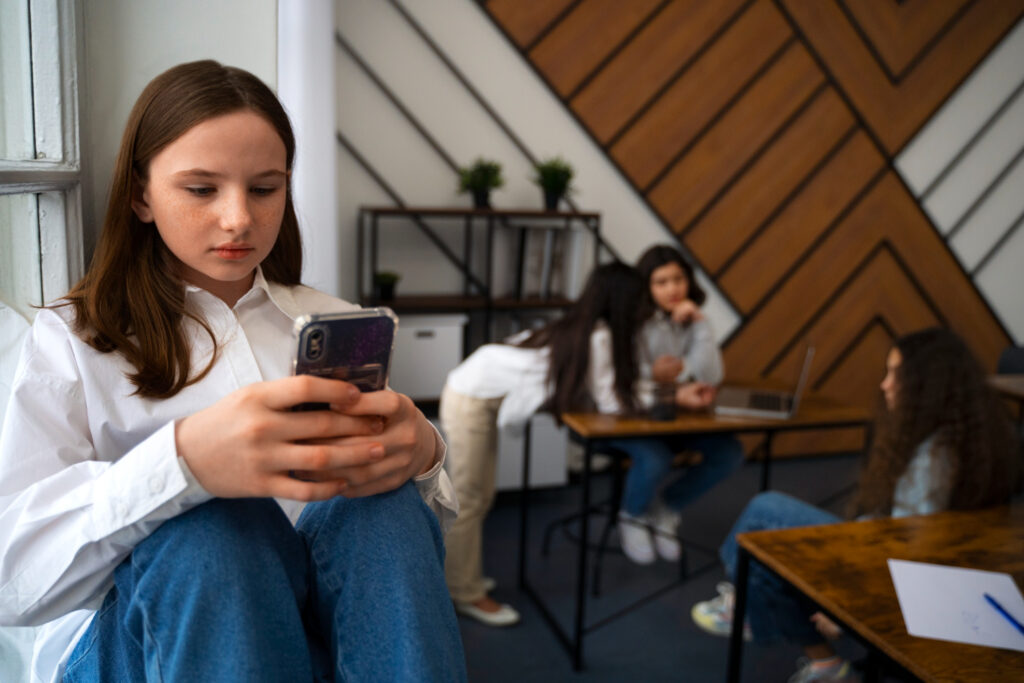
Cyberbullying happens when someone uses technology—like social media, text messaging, or online platforms and technology to harass, threaten, or embarrass others. It’s like traditional bullying, but instead of happening on the playground or in person, it happens through a screen. The problem is that it can be constant. Kids can be bullied 24/7 since the internet never really shuts down.
Cyberbullying can look different depending on the situation, but here are some common cyberbullying examples:
– Sending hurtful messages: This can happen through text messages, social media, or even gaming platforms. These messages can be cruel, spread lies, or make the victim feel bad about themselves.
– Posting or sharing embarrassing photos or videos: Sometimes, bullies will post private or embarrassing photos or videos to humiliate someone in front of others.
– Spreading rumours online: Fake accounts may be created to spread rumours or lies, damaging the victim’s reputation.
– Isolation from online groups: Being intentionally excluded from online groups or activities can also be a form of bullying, making children feel isolated or unwanted.
With so many ways to connect online, cyberbullying can take many forms, making it difficult for parents to spot. That’s why knowing the impact and signs is so important.
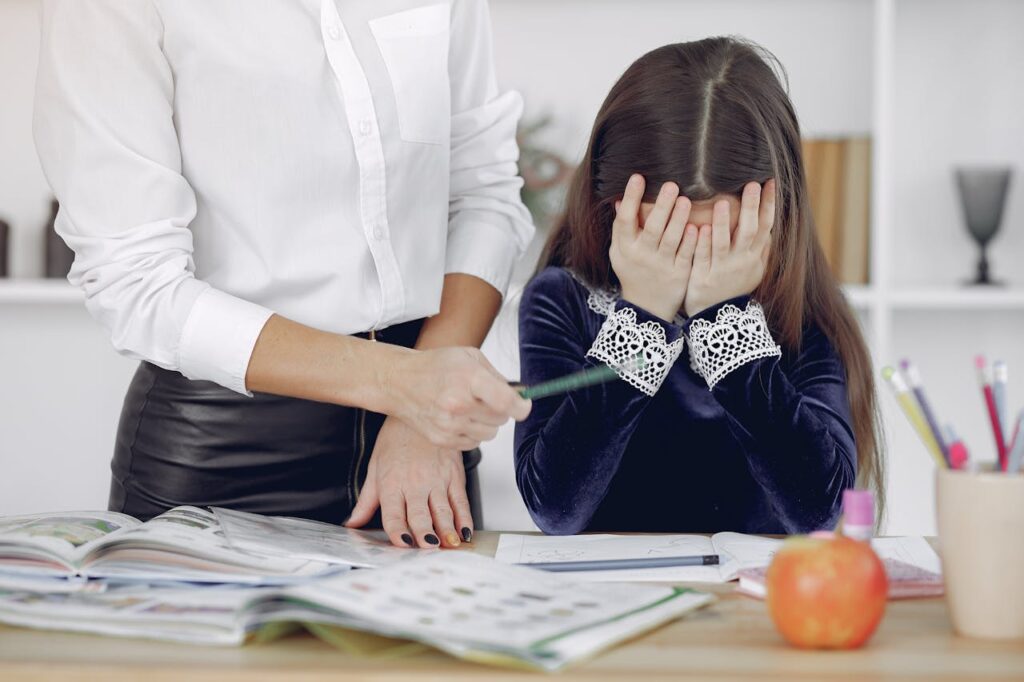
Cyber bullying can have serious emotional and psychological impacts on children. Because it often feels unavoidable, children can feel overwhelmed, anxious or even depressed. In extreme cases, children who are victims of cyberbullying can feel hopeless, leading to more severe mental health issues.
Some common impacts from cyberbullying include:
– Low self-esteem: Constant online harassment can make children question their self-worth.
– Social withdrawal: Children who experience cyberbullying may withdraw from friends and family members, preferring to avoid social situations, both online and offline.
– Difficulty concentrating at school: If your child is being bullied, it can be difficult to focus on schoolwork or even enjoy activities they used to love.
– Anger or frustration: Bullying can cause a lot of bottled up emotions. Some children may lash out at others or struggle with anger.
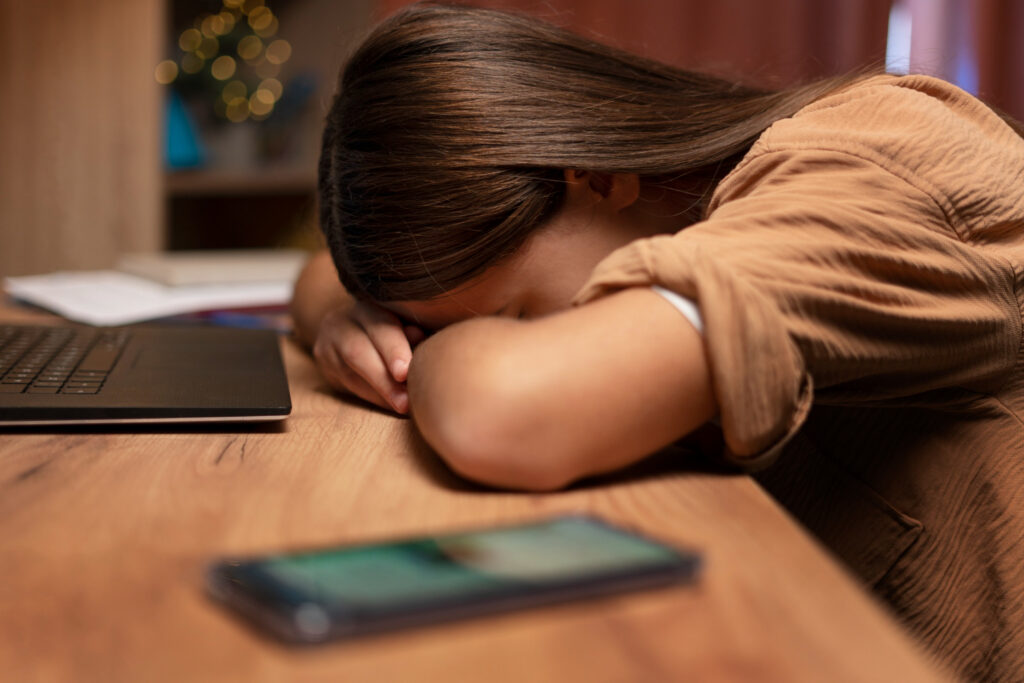
Because cyberbullying happens online, it is easy for children to hide what they are experiencing. However, there are some signs that parents can look out for:
– Avoiding gadgets: If your child suddenly doesn’t want to use their mobile phone, computer or other gadgets they normally enjoy, this could be a sign that they are trying to avoid hurtful messages.
– Emotional distress after going online: Notice if your child looks upset, angry or sad after using social media or their mobile phone.
– Changes in mood or behaviour: A sudden drop in self-esteem, an increase in irritability, or a change in sleeping and eating habits could all be signs that something is not right.
– Reluctance to talk about their online activities: If your child seems closed off or defensive when you ask about their online life, they may be hiding a negative experience.
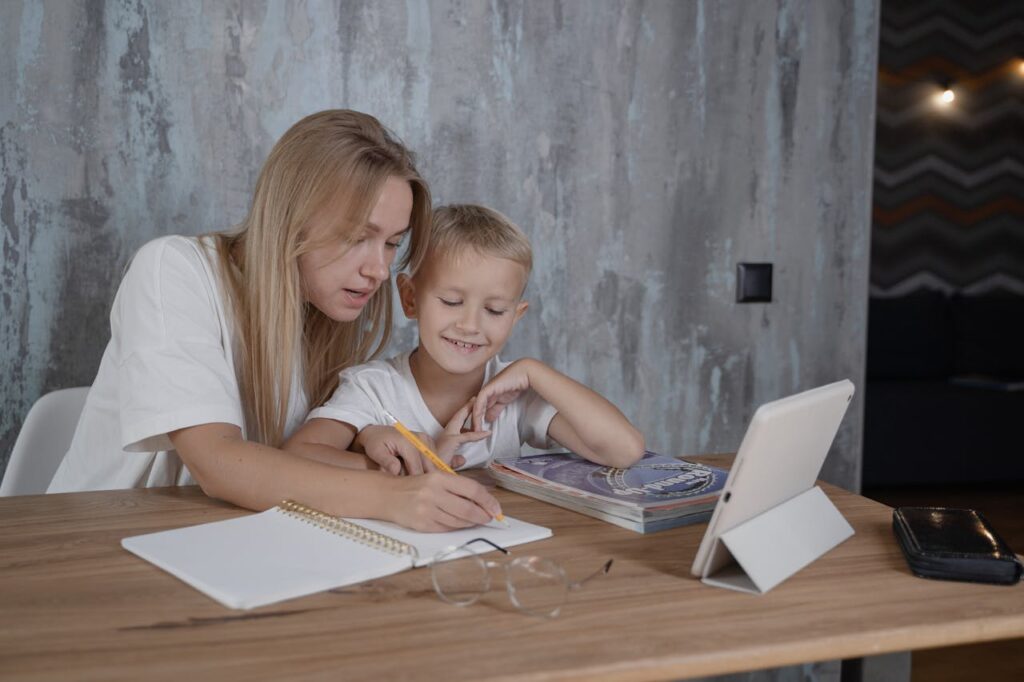
While we can’t completely shield our children from every online threat, there are proactive steps parents can take to reduce the risk of cyberbullying.
– Encourage open communication: Let your child know they can always talk to you if something is bothering them online. Keeping the conversation open ensures that they feel safe coming to you if something goes wrong.
– Teach them to protect their personal information: Help your child understand the importance of not sharing private information in details like address, phone number, or school name on social media sites.
– Review privacy settings together: Go through your child’s social media profiles and make sure privacy settings are turned on. Limiting who can see their posts reduces the chance of being targeted by strangers.
– Monitor their online activity: While you don’t want to invade their privacy, regularly checking in on your child’s online activity can help spot any warning signs early. Explain to them that it’s for their protection.

Educating kids about online safety is one of the best ways to prevent cyberbullying. Here are some tips you can share with them:
– Think before you post: Remind your child that anything they post online—whether it’s a picture, comment, or video—can be shared, saved, or even manipulated by others.
– Be careful with friends and followers: Encourage your child to only accept friend requests from people they know in real life. Explain that not everyone online has good intentions.
– Don’t respond to bullies: If your child is being harassed online, it’s important to teach them not to respond. Instead, they can block the bully and report the behaviour to a trusted adult.
– Tell someone they trust: Make sure your child knows they can always come to you, a teacher, or another trusted adults if they are being bullied online.
As social media continues to be a major part of kids’ lives, so do the risks of cyberbullying. It’s essential for parents to stay informed, talk openly with their children, and take action to prevent and address cyberbullying when necessary. By keeping an eye out for signs and creating a supportive environment, we can help our kids navigate the online world safely. Remember, staying connected with your child and maintaining open communication is key.
As parents, keeping your child safe online can sometimes feel overwhelming, but you don’t have to do it alone. For more tips, resources, and expert advice on how to protect your child from cyberbullying and navigate the digital world, visit our website at KidsTech. We’ve got all the information you need to ensure your kids are using technology in a safe and healthy way.
